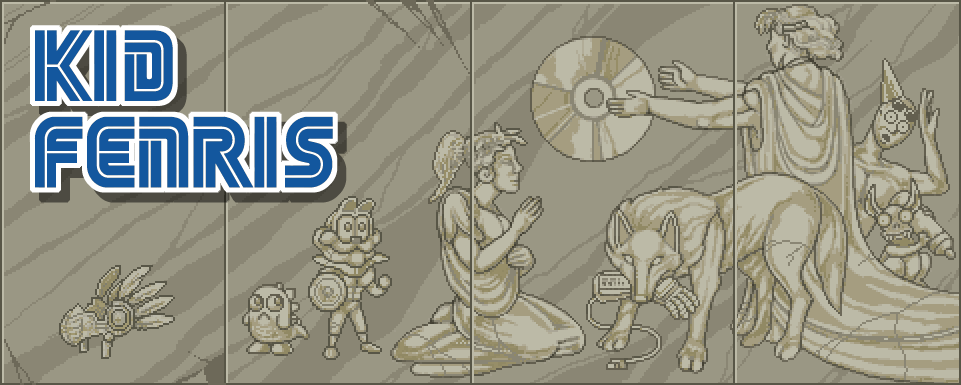Of course, there’s a limit to my fool-making, and I hit it rapidly when checking out the various Panzer Dragoon merchandise on eBay. A limited-edition Panzer Dragoon Orta Xbox? Too expensive, too big, and I’d never use it. An even more limited resin statue of heroine Orta? Not bad, but even more expensive. A VHS copy of the dreadful Panzer Dragoon anime OVA? Even that unendurable panorama of garbage is overpriced.
Yet I spied something cheap, small, and novel: a Panzer Dragoon Orta pin for about three bucks.

I assume these were given away at conventions, perhaps E3, before the game’s early 2003 debut on the Xbox. They’re neat for what they are. The design is true to Panze Dragoon's ornate future-byzantine motif, and they’re hard rubber instead of cheap promo-pin plastic.

One thing strikes me: instead of Sega’s logo on the front, we see that of Smilebit, the developer. Smilebit was part of Sega’s expansion in 2000, when the company, hubristic as ever, established nine different subsidiaries. All of them still answered to Sega, naturally, and Sega reformed the various groups into six larger entities in 2003 before folding them back into Sega proper in 2004. Sega is strange like that.

So why does Smilebit get billing on the front of the promotional pin when Sega’s copyright is on the back—and on the cover of the game, for that matter? Perhaps Sega wanted to push Smilebit as a new brand. By 2002, Sega was out of the console market that they had nearly dominated in the early 1990s, and their name no longer stood for anti-Nintendo coolness or screaming television commercials. Sega was shameful and tired, but Smilebit? Hey, that sounds fun!
Well, that’s my backward theory, at any rate, and it’s the most notable thing about the pin. That said, I’m glad I picked it up. Even the crappiest Panzer Dragoon errata is rapidly turning collectible, so perhaps even this little rubber square will pay for a trip to New Zealand in a few years.
